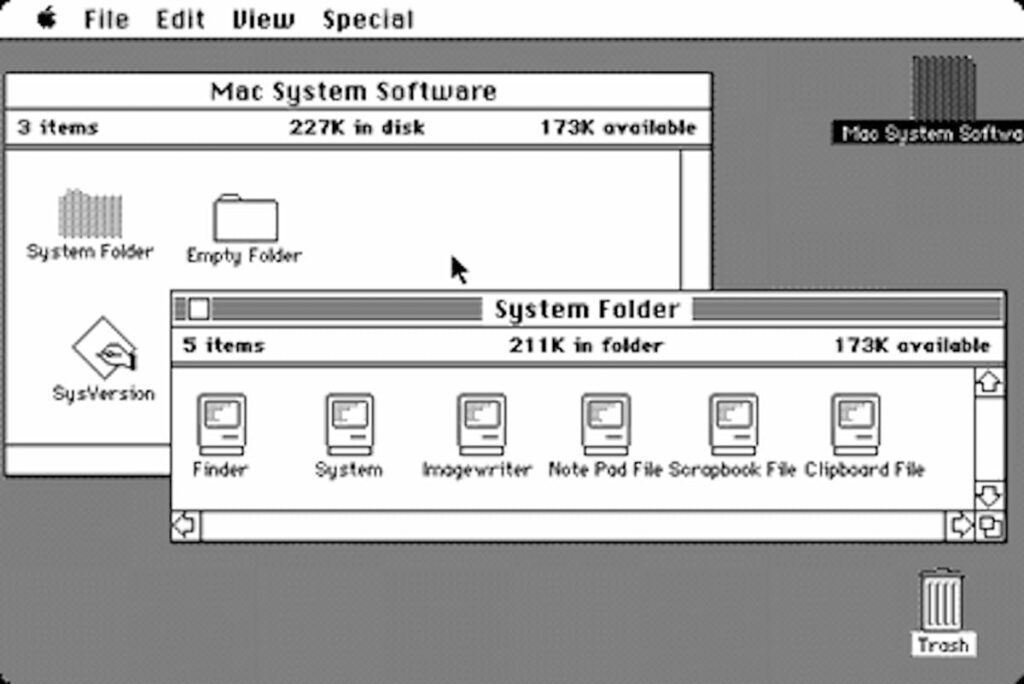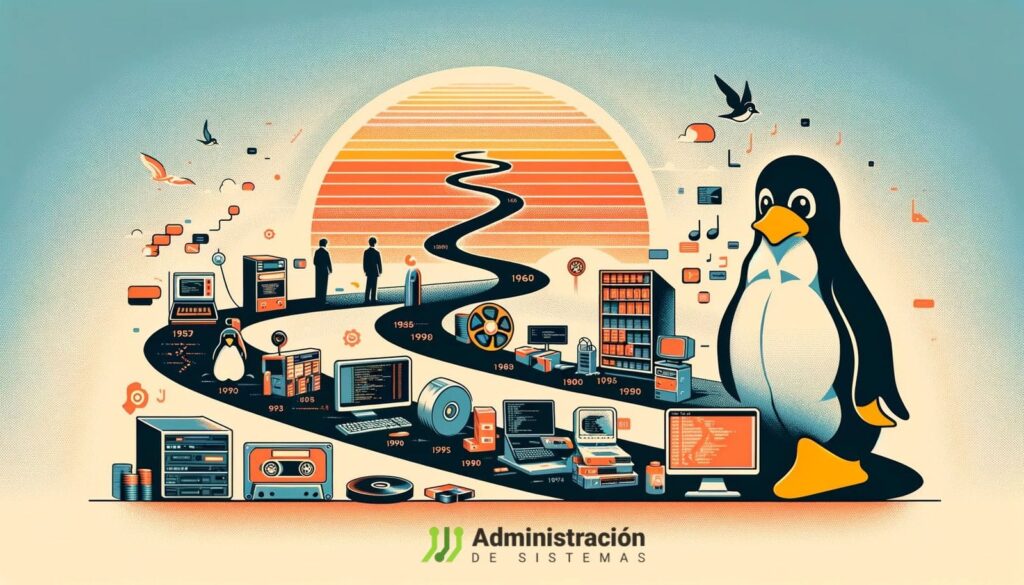The history of technology is a rich tapestry of innovation, breakthroughs, and paradigm shifts, and few developments have had as significant an impact as UNIX. Since its inception in 1969, UNIX has served as the bedrock for modern computing, influencing countless operating systems such as Linux, Android, macOS, iOS, and even Windows. Its design philosophy, simplicity, and adaptability have ensured its enduring relevance in an ever-changing technological landscape.
The Origins of UNIX
The story of UNIX begins during a period of tremendous technological experimentation in the late 1960s. Computing was dominated by large mainframe systems and proprietary software, which often tied users to specific hardware. Amidst this backdrop, the Massachusetts Institute of Technology (MIT), Bell Labs, and General Electric (GE) collaborated on an ambitious project called MULTICS (Multiplexed Information and Computing Service).
MULTICS: The Predecessor to UNIX
MULTICS was intended to be a highly sophisticated, multi-user operating system that would redefine how computers were used. While it introduced pioneering concepts such as time-sharing, its complexity and cost eventually doomed the project. Despite this failure, the experience gained during MULTICS’ development was pivotal in shaping the minds of the Bell Labs researchers who would later create UNIX.

The Birth of UNIX
In 1969, two Bell Labs employees, Ken Thompson and Dennis Ritchie, frustrated with the shortcomings of MULTICS, set out to create a simpler, more efficient operating system. Working on a PDP-7 minicomputer, they designed what was initially called UNICS (Uniplexed Information and Computing System) as a play on MULTICS. Later renamed UNIX, this operating system was characterized by its simplicity, portability, and modularity—attributes that would become the cornerstones of its legacy.
Key Innovations in UNIX
- Portability: Dennis Ritchie’s decision to rewrite UNIX in the C programming language in 1973 was groundbreaking. It allowed the operating system to be easily ported to different hardware architectures, a rarity in an era when software was typically tied to specific hardware.
- Multiuser and Multitasking Capabilities: UNIX enabled multiple users to access a system simultaneously while running several processes concurrently. This made it ideal for academic and research environments.
- Simple and Elegant Design Philosophy: UNIX adhered to the principle of “do one thing and do it well,” focusing on small, modular utilities that could be combined through pipes and scripts to perform complex tasks.
UNIX Gains Traction
Initially, UNIX was developed as an internal project at Bell Labs, but its potential soon became evident. AT&T, Bell Labs’ parent company, began distributing UNIX to universities and research institutions in the 1970s. This decision catalyzed its adoption and led to its integration into academic curricula, allowing students and researchers to experiment and expand upon its capabilities.
Berkeley Software Distribution (BSD)
The University of California, Berkeley, played a pivotal role in advancing UNIX. In 1977, it released the first version of BSD (Berkeley Software Distribution), a UNIX variant that introduced numerous innovations, including the TCP/IP networking stack that became the foundation of the modern internet. BSD also inspired systems like SunOS, FreeBSD, and NetBSD.
Commercial Adoption and Fragmentation
By the 1980s, UNIX had caught the attention of commercial vendors. Companies such as IBM, Sun Microsystems, and Hewlett-Packard developed proprietary UNIX systems, including AIX, Solaris, and HP-UX. While this proliferation spurred innovation, it also led to fragmentation, with each vendor introducing unique features that hindered compatibility.
UNIX’s Influence on Major Players
Microsoft and Xenix
Although Microsoft is best known for its Windows operating system, it briefly ventured into the UNIX world with Xenix, a version of UNIX tailored for microcomputers. Xenix was licensed to other hardware manufacturers and gained popularity in the early 1980s. While Microsoft eventually pivoted away from UNIX, the experience gained with Xenix influenced elements of later Windows designs, such as user account management and file permissions.
Apple and macOS

Apple’s relationship with UNIX began in the late 1990s when it transitioned from its classic Mac OS to macOS, a system based on NeXTSTEP. NeXTSTEP, developed by NeXT (the company Steve Jobs founded after leaving Apple), was rooted in BSD and UNIX. This transition not only revitalized Apple’s product lineup but also brought UNIX’s stability and security to millions of users. Today, macOS and iOS remain UNIX-based, showcasing the system’s adaptability and relevance.
The Rise of Linux
In 1991, Linus Torvalds, a Finnish computer science student, began developing a UNIX-like kernel, which he named Linux. Combining Torvalds’ kernel with the GNU utilities developed by Richard Stallman’s Free Software Foundation, Linux emerged as a powerful, open-source alternative to proprietary UNIX systems. Over the years, Linux has become the backbone of internet infrastructure, powering servers, supercomputers, and mobile devices (through Android).
Standards and Compatibility
To address UNIX’s fragmentation, standards such as POSIX (Portable Operating System Interface) were introduced. POSIX defined a set of application programming interfaces (APIs) to ensure compatibility across different UNIX systems. This effort was crucial in maintaining interoperability and consistency in the UNIX ecosystem.
UNIX in the Modern Era
Despite its age, UNIX continues to thrive in various forms:
- Enterprise Systems: Proprietary UNIX variants like AIX, Solaris, and HP-UX remain critical in industries such as finance and telecommunications, where reliability and scalability are paramount.
- Open-Source Derivatives: BSD variants like FreeBSD, OpenBSD, and NetBSD are widely used in networking, security, and embedded systems.
- Linux Dominance: Linux’s flexibility and open-source nature have made it the operating system of choice for servers, cloud computing, and supercomputers. As of 2025, Linux powers over 90% of the world’s top 500 supercomputers.
- Mobile Operating Systems: Both iOS and Android owe their lineage to UNIX. iOS is derived from macOS, while Android uses the Linux kernel, showcasing UNIX’s enduring influence on modern mobile technology.
The Philosophy of UNIX
UNIX’s legacy is not limited to its technical innovations; its philosophy has profoundly influenced software development. Key tenets include:
- Modularity: Building small, specialized tools that can be combined to perform complex tasks.
- Simplicity: Prioritizing clear, straightforward solutions over complex designs.
- Transparency: Encouraging open access to source code and documentation.
These principles have inspired generations of developers and shaped the broader open-source movement.
UNIX Commands and Their Legacy
UNIX introduced a suite of commands that remain fundamental in modern computing. Commands like ls, cd, cp, mv, grep, and awk have become staples in the toolkit of system administrators and developers. Their simplicity and effectiveness underscore UNIX’s design philosophy.
Challenges and Criticisms
While UNIX has achieved remarkable success, it has not been without challenges:
- Fragmentation: The proliferation of UNIX variants created compatibility issues, complicating software development and deployment.
- Complexity for Beginners: Although UNIX’s command-line interface is powerful, it can be intimidating for newcomers.
- Commercial Decline: With the rise of Linux and other open-source systems, proprietary UNIX variants have seen a decline in adoption.
The Future of UNIX
As technology evolves, UNIX’s foundational concepts continue to influence emerging trends. Cloud computing, containerization, and microservices all draw on UNIX principles of modularity and simplicity. Tools like Docker and Kubernetes, which have revolutionized software deployment, owe much to UNIX’s design philosophy.
Conclusion
UNIX’s journey from a research project at Bell Labs to the foundation of modern computing is a testament to its visionary design and adaptability. Its principles, tools, and innovations have shaped the technological landscape, influencing systems that power our phones, servers, and even the internet itself. As the digital world continues to evolve, UNIX’s legacy remains a cornerstone of innovation, underscoring its status as the father of modern operating systems.

